Mumbai – the mega metropolis of India
Home to more than 18 million people, Mumbai is one of the mega cities of the world. Known as the economic capital of India, it offers access to most destinations in the country and a set of particular experiences to travelers that are curious enough to lose themselves in this gigantic island city.
Transportation in Mumbai
Life in Mumbai is obviously busier and more expensive than in other Indian cities. A fun fact about it is the way the bigger part of the local population moves from one side of the city, while traveling mostly to their workplaces, and then back to the other side in the evening. And with such a massive movement of masses shifting daily from one side of the city to the other, of course, there is a need for a well-organized infrastructure. An incredible show to witness is the movements of the crowds during the busy hours at the train station, which can be turned into an ever more intense experience for those who also decide to ride the train. Mumbai’s local rail network is probably the busiest commuter train system in the world, operating over 2.300 train services every single day.
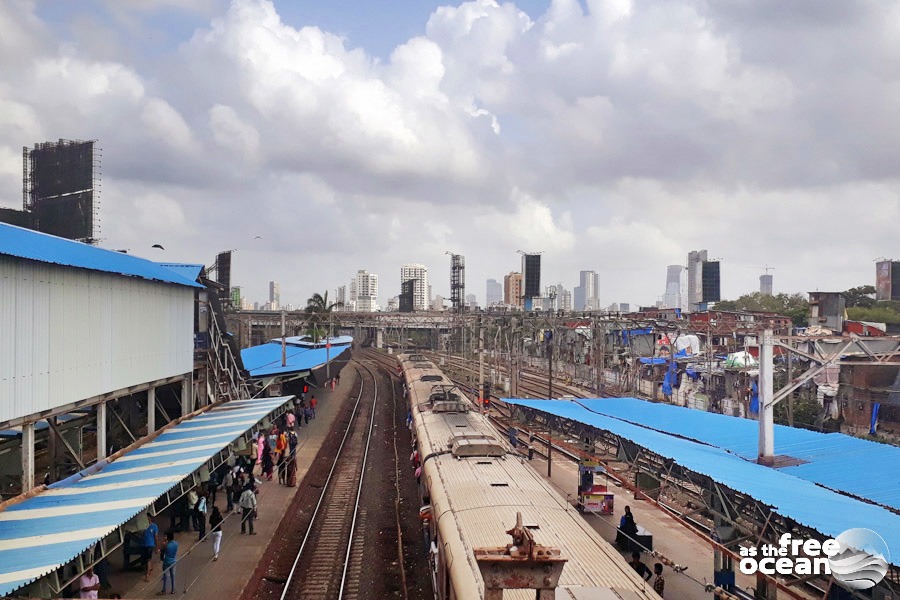
Speaking of transportation methods, the mobile apps Uber and Ola Cabs work just fine in the city, also metered taxis and tuk-tuks are always around (whenever you want to move fast we always recommend riding a tuk-tuk as it can find its way easier in traffic). Still, avoid rush hours because the time spent in the traffic can get extremely long. Our personal record was 3 hours for a distance of approximately 30 km.
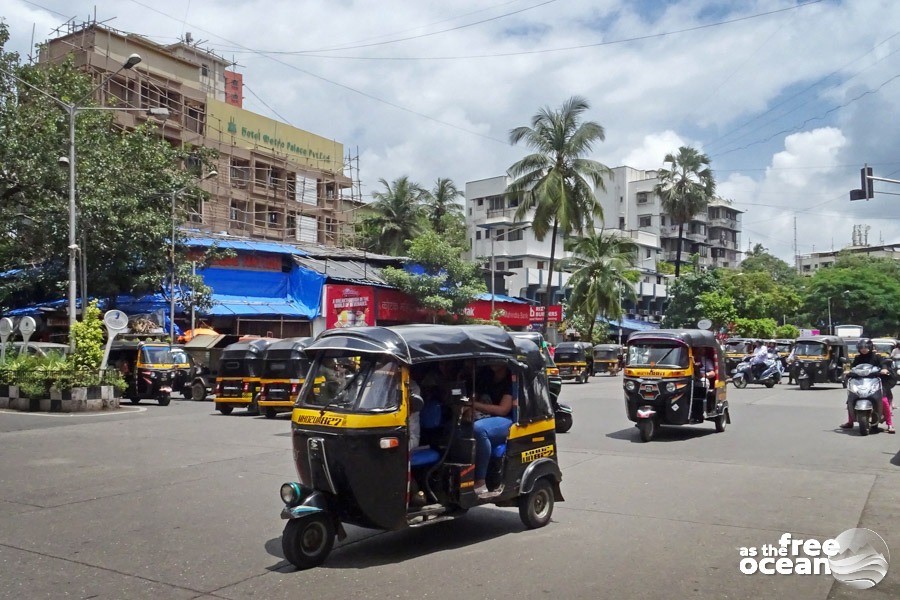
Things to see
There is less to do and see in Mumbai than in other places, although some landmarks are worth a visit. We would recommend going to the iconic Gateway of India, the historic Victoria railway station (Chhatrapati Shivaji Maharaj Terminus) or stop on the seaside at Marine Drive for a sunset picture having the skyline as a background.
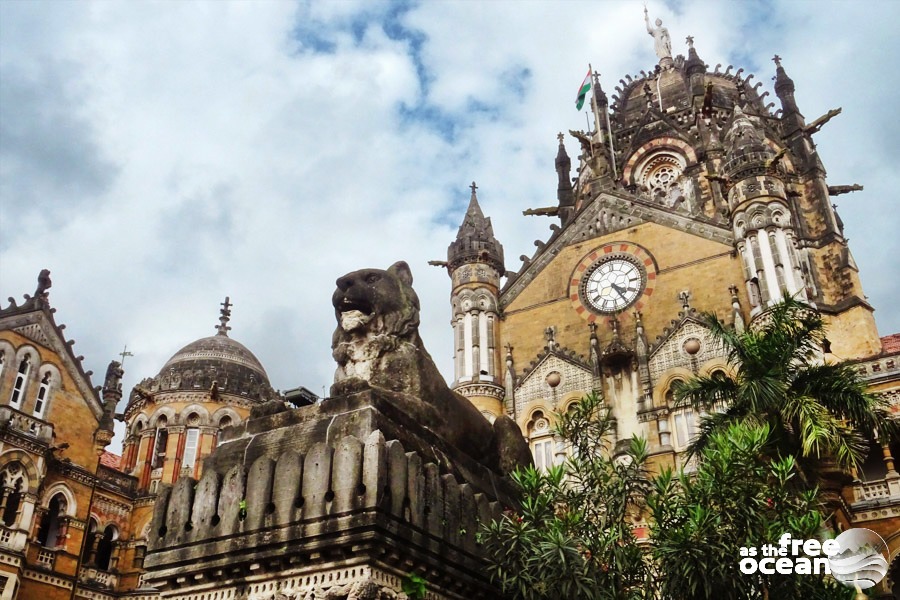
For a more insider look into the different lifestyles of the inhabitants of the city, book a tuk-tuk tour that will take you through the slums and other less touristic areas, including a stop at the little and more than overcrowded beaches where locals chill and meet for a snack and a chat.
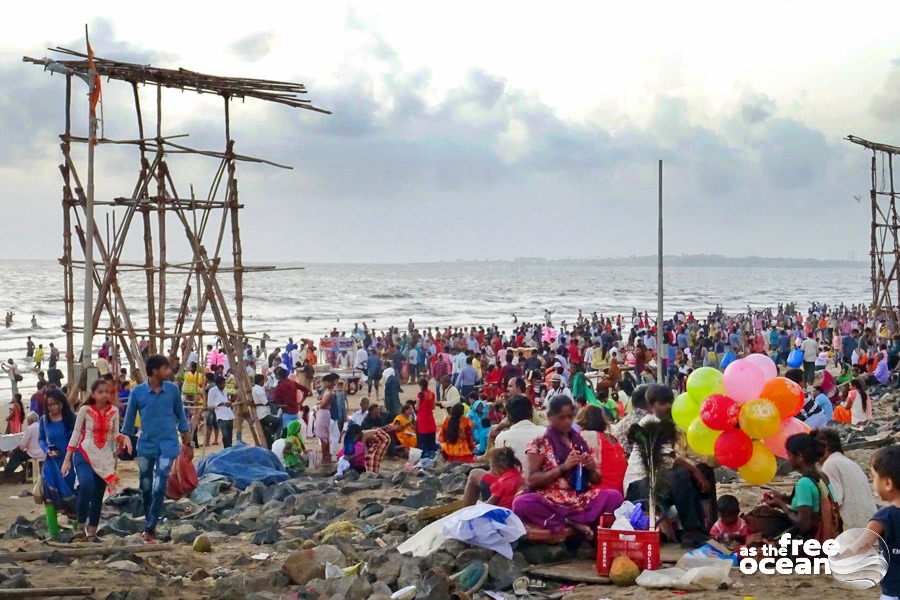
During our stay, we could also witness one of the festivals of the place, the Dahi Handi (or Utlotsavam) which resemble a lot the festive events that take place in the northern parts of Spain. Human tours are formed by different teams to collect a high placed trophy (which is usually a pot filled with yogurt or other milk-based products). The event takes place during the Hindu festival Gokulashtami, which celebrates the birth of Krishna.
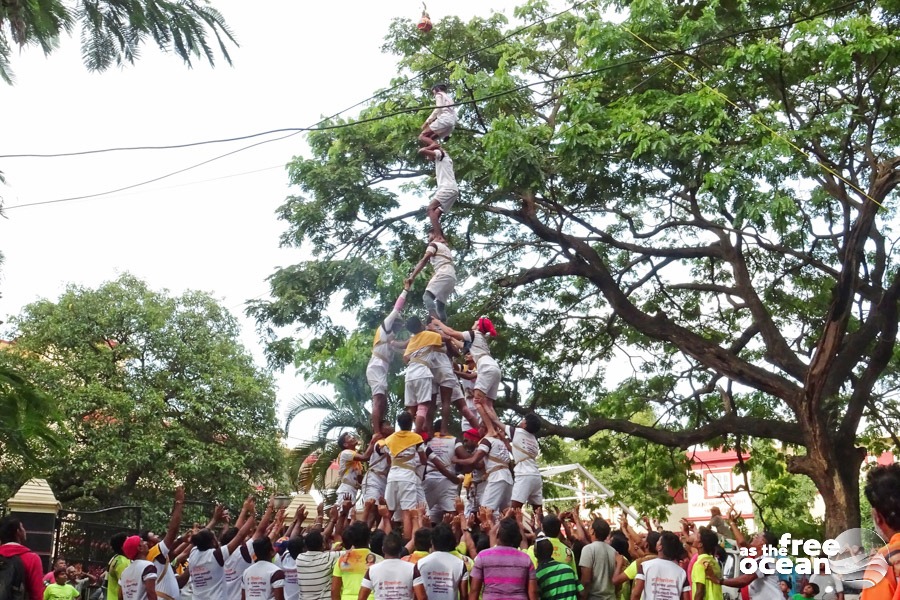
What made our trip to Mumbai special were not necessarily the things we did or saw, but more the chance to meet with many of our friends from the time spent at sea. We even planned a longer stay in order to manage to meet with all of them and spend more time in a different way, not while wearing uniforms or while trying to squeeze a bit of entertainment between busy working hours, a fact which characterized the life on board so well.
Traveling feels many times amazing for the places you see and for the chance to experience different things, but it is always made better by meeting good and old friends along the way. And friends in an exotic country like India can help you get more out of your experience and make sure you don’t miss any of the highlights.
Traffic in Mumbai
Another fun fact about Mumbai, but not only Mumbai, is the way people communicate. Obviously, like normal people from all around the world (apart from using the famous head nod), but when in traffic we hardly noticed any angry driver, despite the heavy and apparently chaotic movement of vehicles. Instead, the horn is being continuously and intensely abused to make others aware of the presence of somebody else’s vehicle or to signalize any action taken by the driver…or, probably, its frustration that can easier be expressed that way.
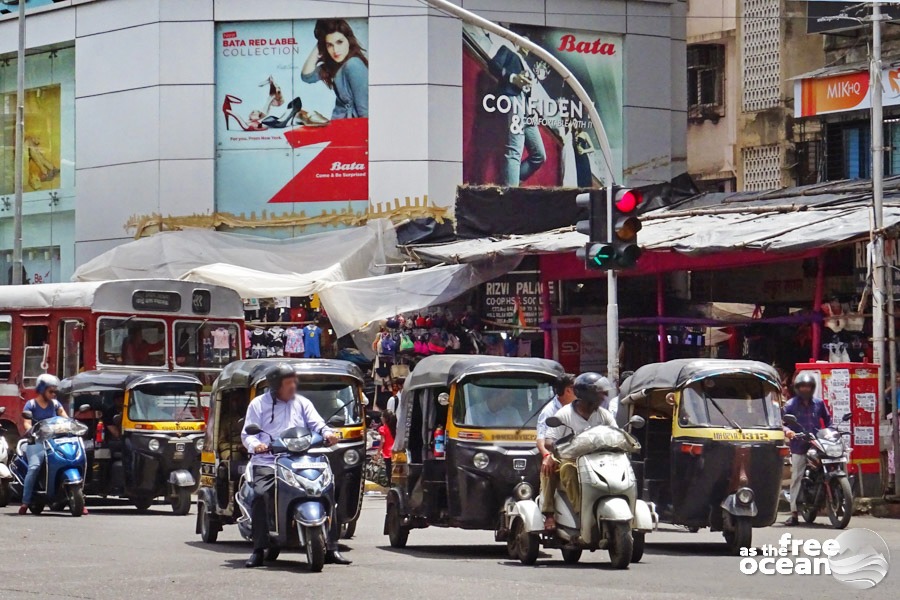
The last fun fact to mention is that Mumbai is hosting the most expensive house in the world, the 27-story skyscraper named Antilia, owned by the richest man in India. Only one family lives in it with its many servants. For such an expensive building, personally, we didn’t find it very impressive or special in any way.
Six days later in this busy city, we moved towards quieter places (yes, you can find quiet places in India), finally arriving in one of our favorite destinations, Jaisalmer, in the wilderness of the big Thar Desert.

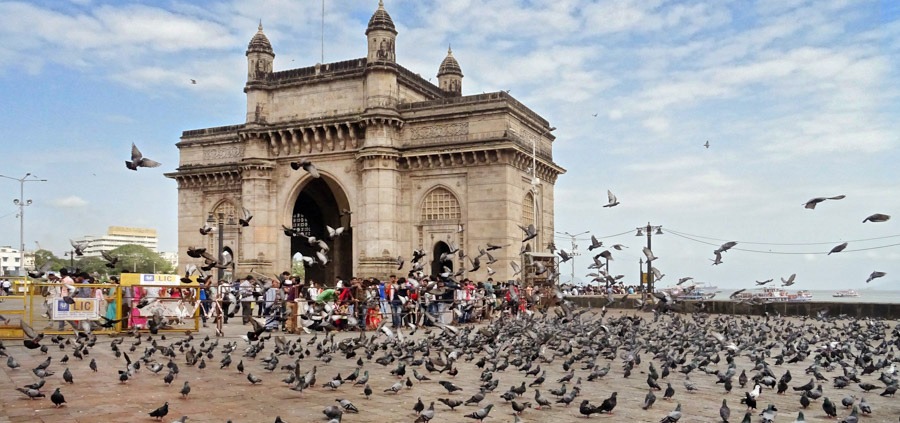
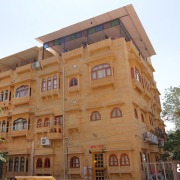
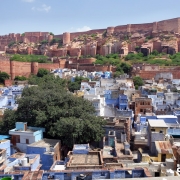

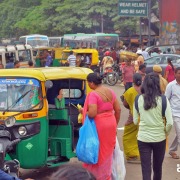
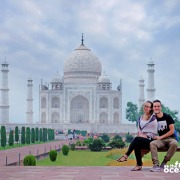
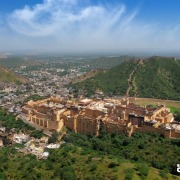


Leave a Reply
Want to join the discussion?Feel free to contribute!